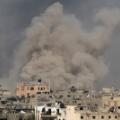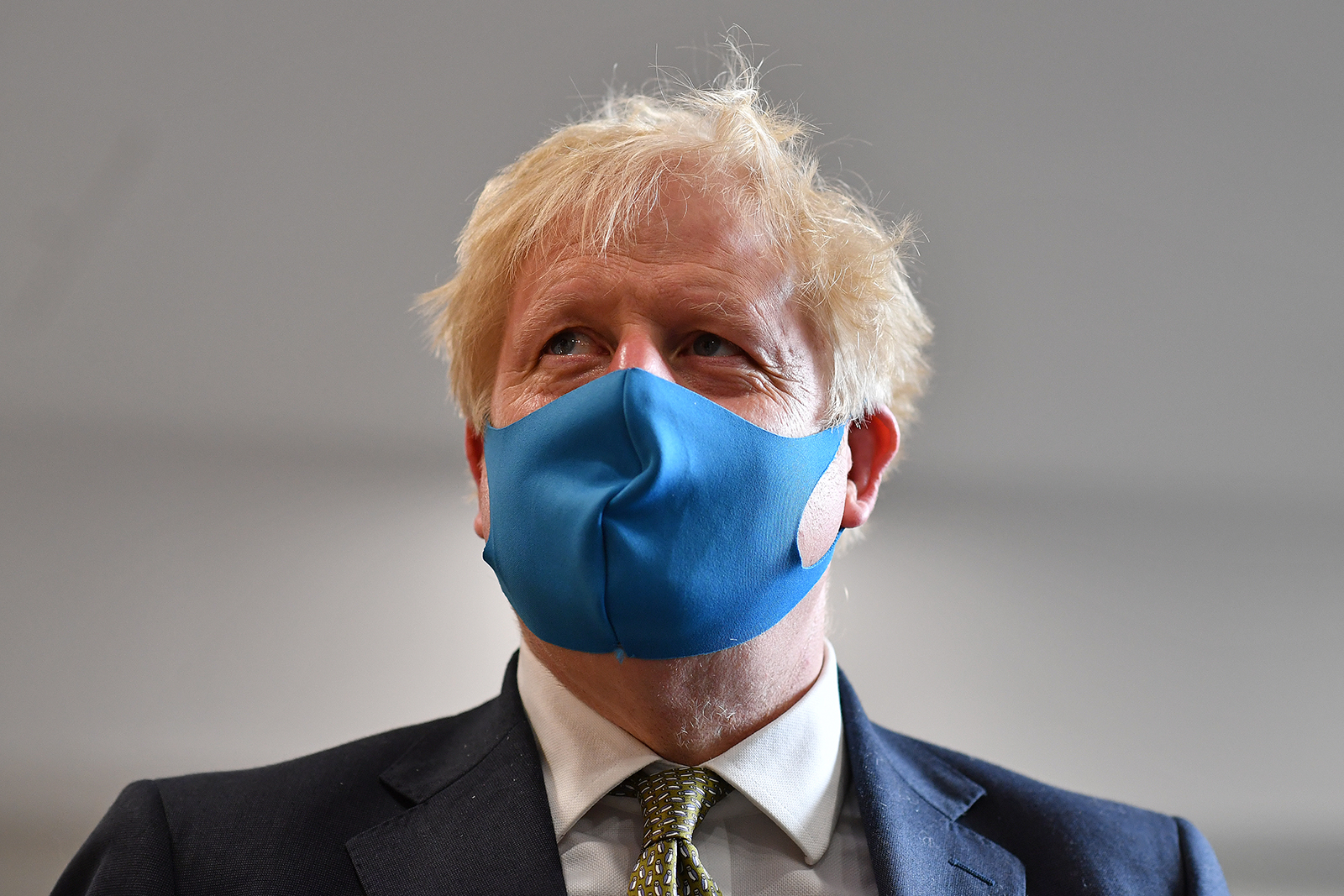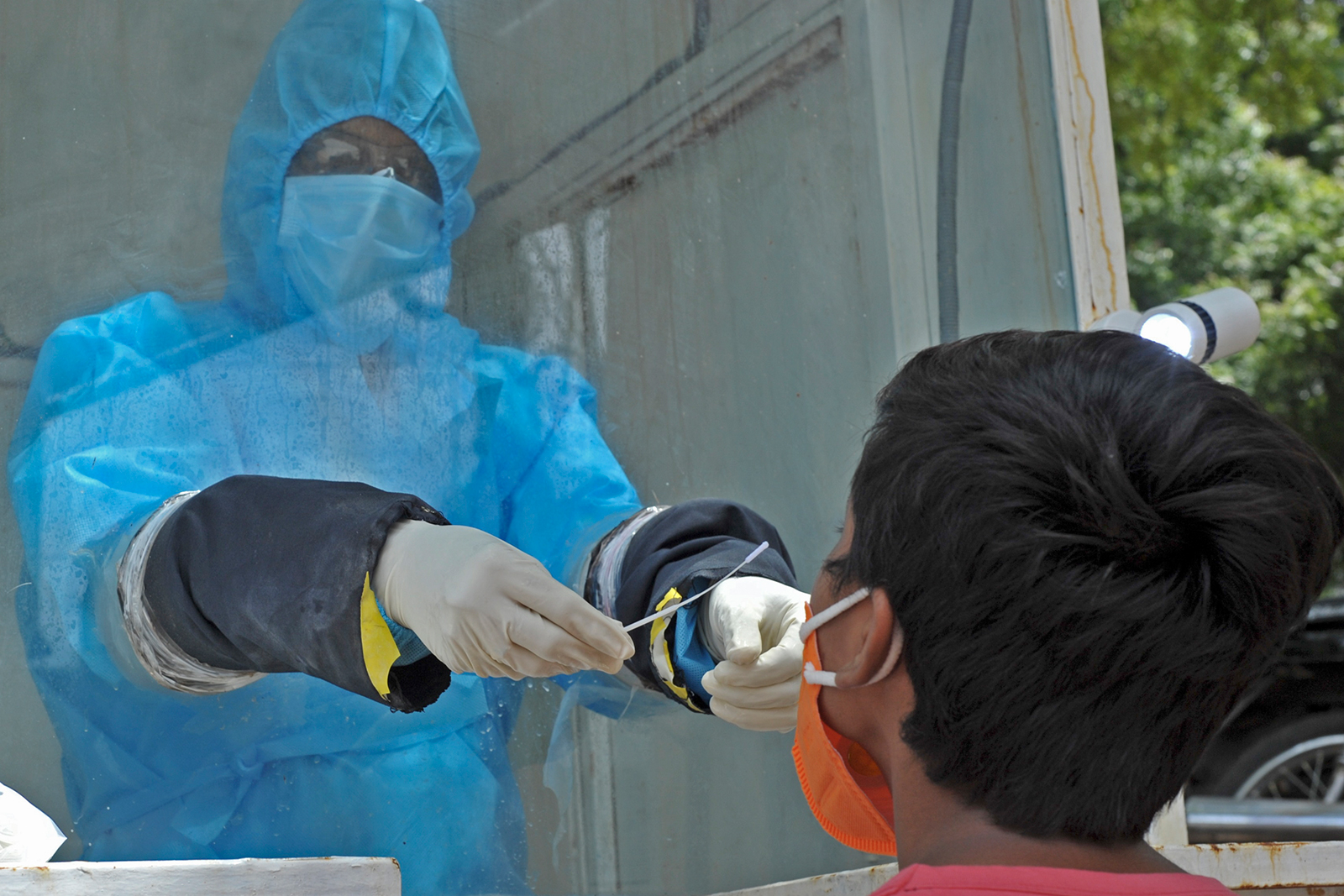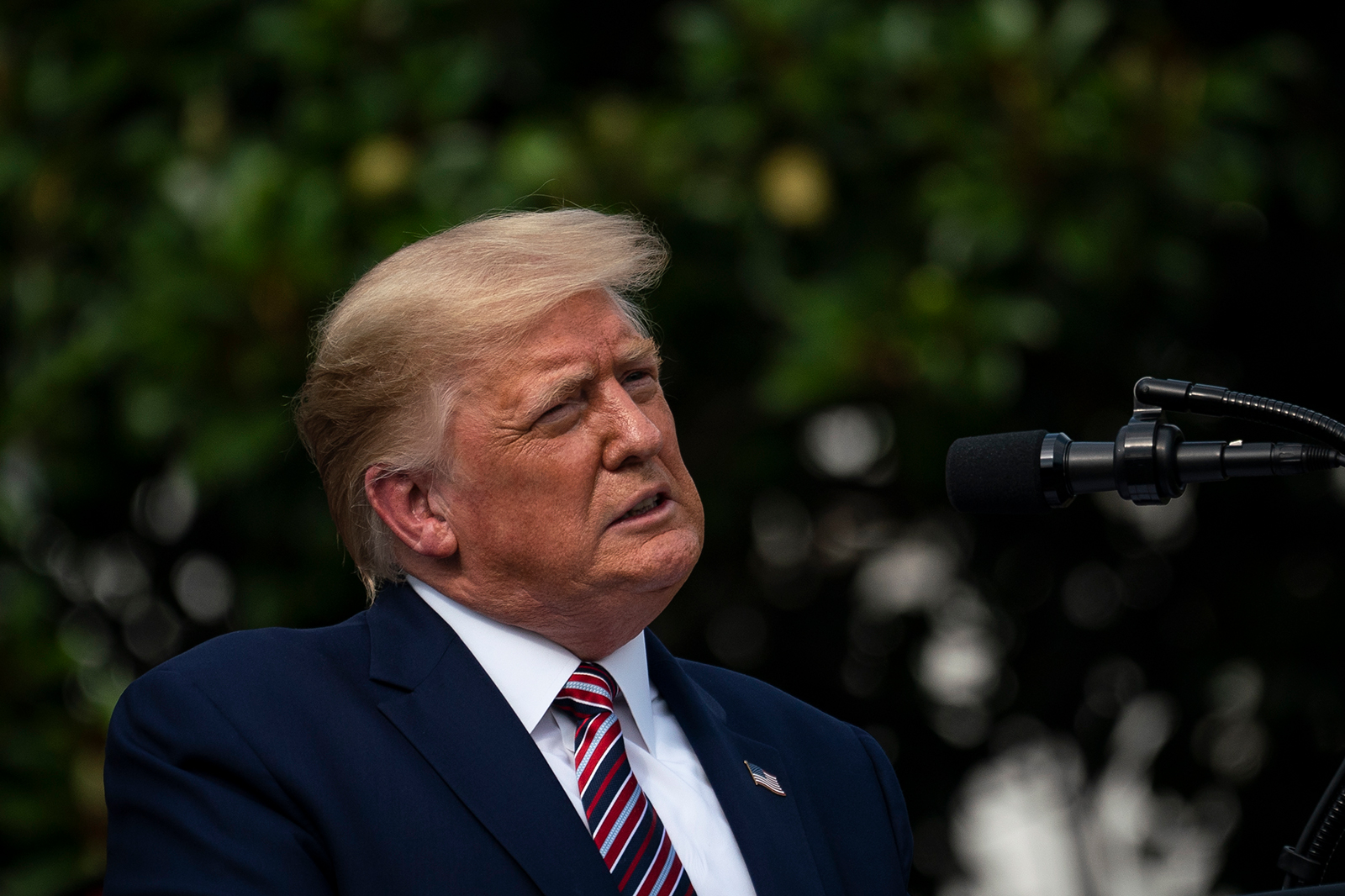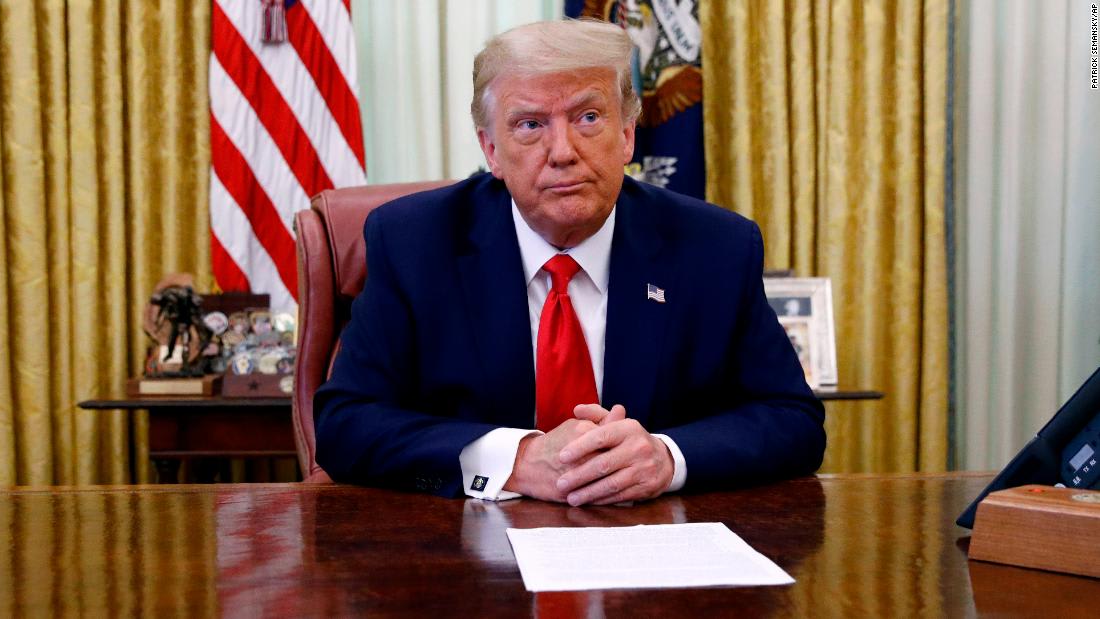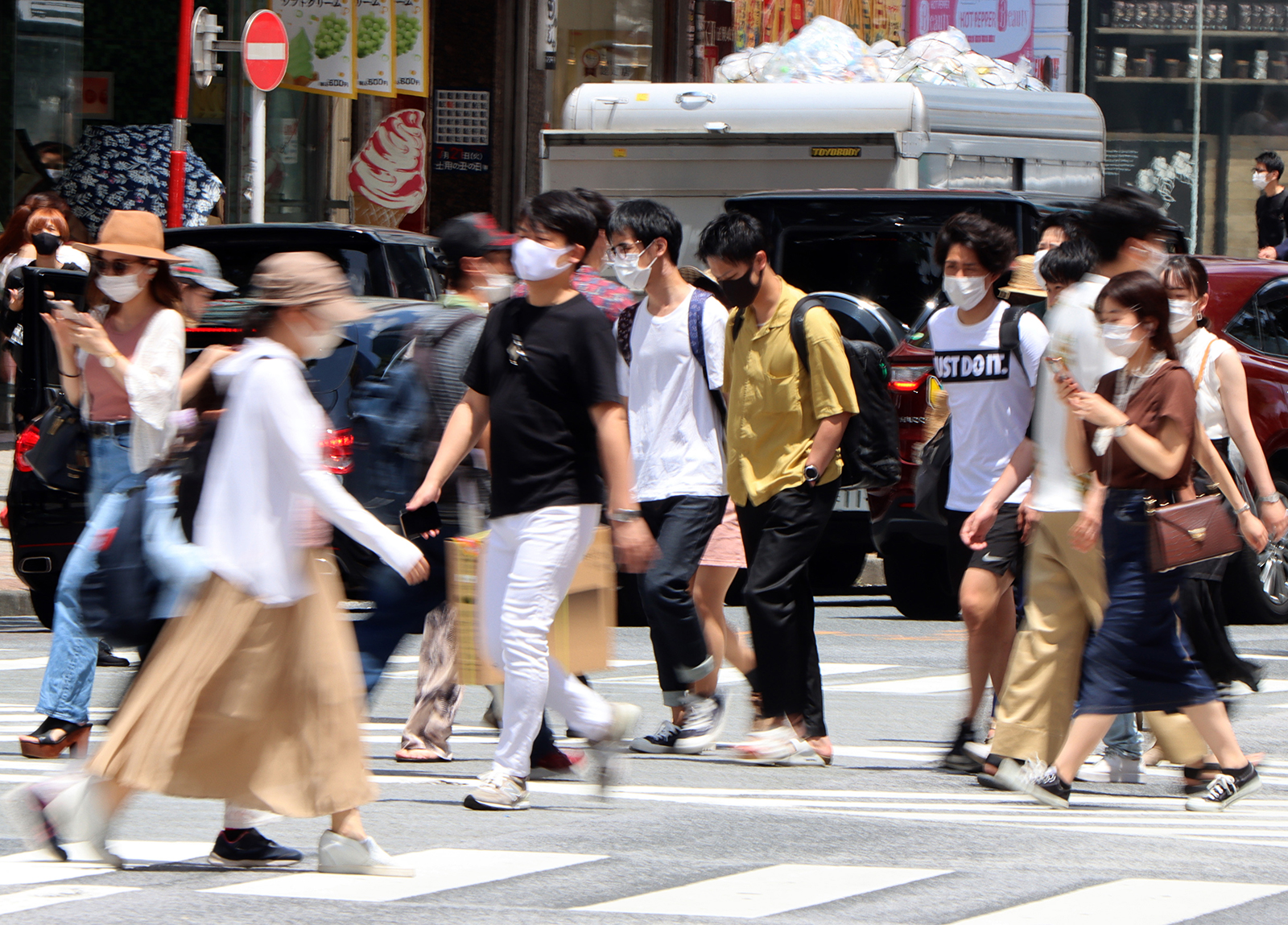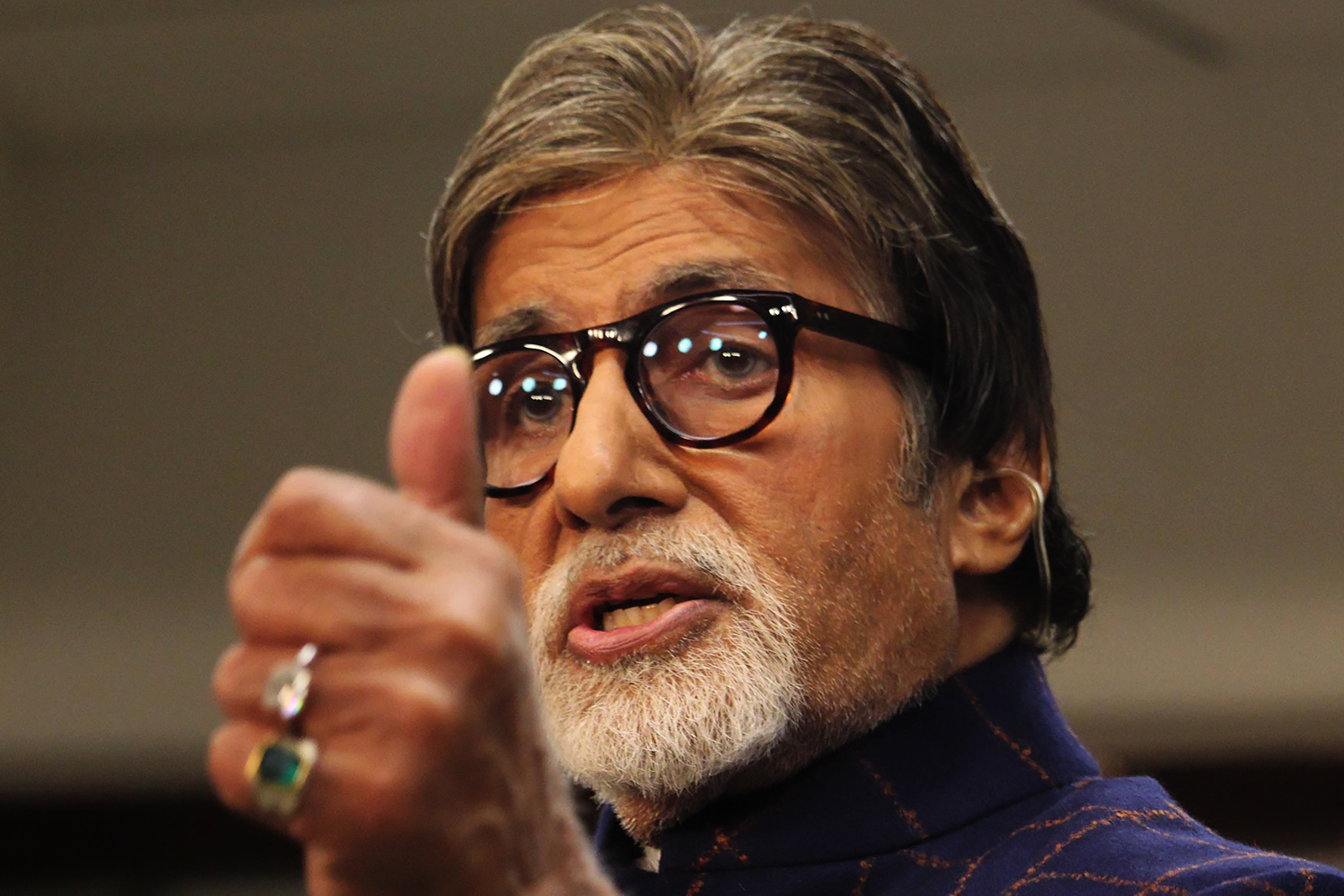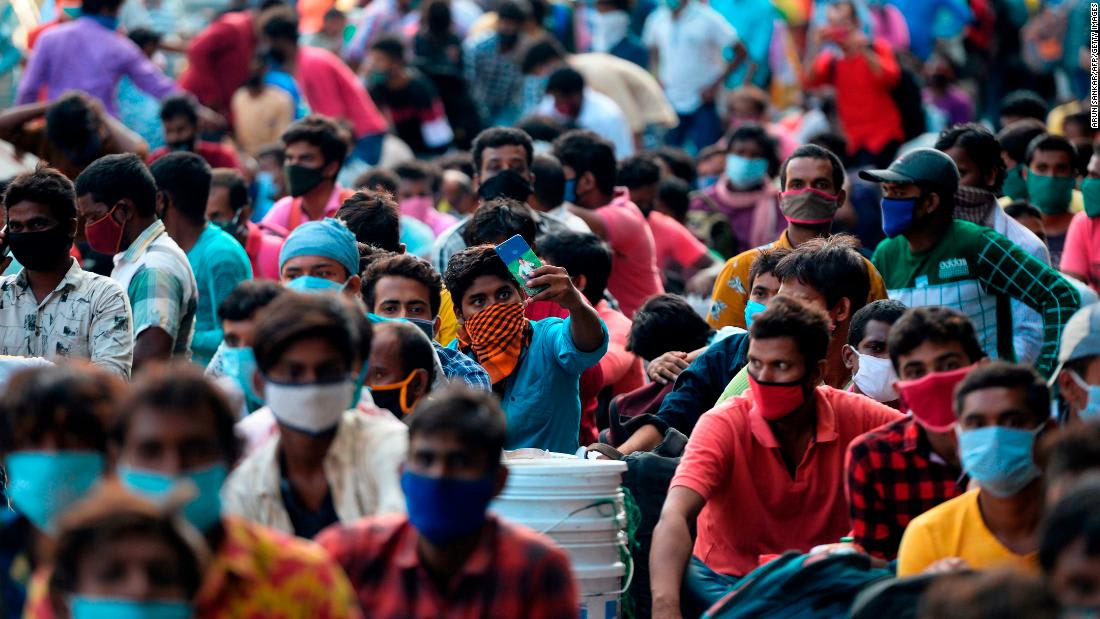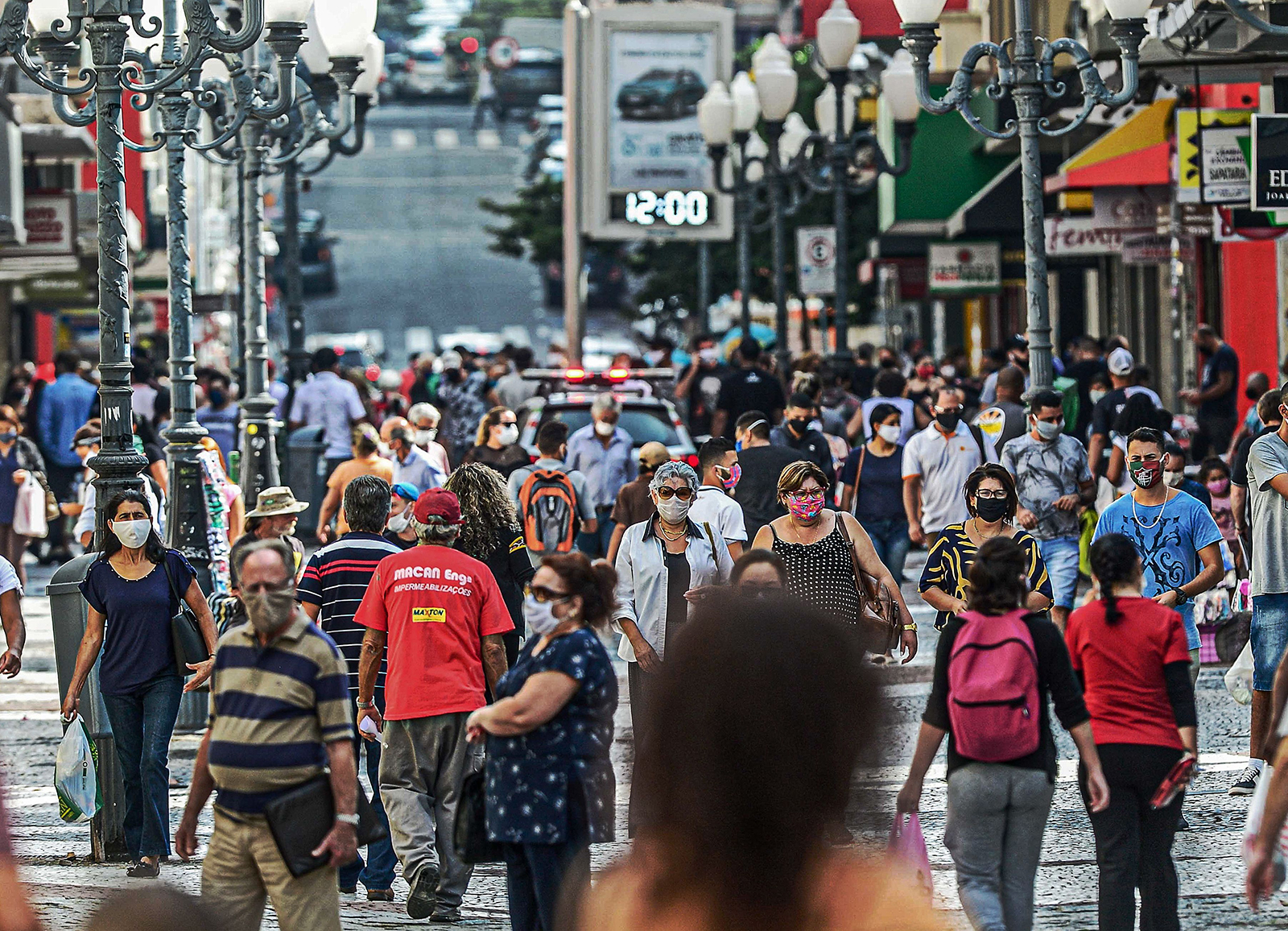Skin rashes and reddish bumps on fingers and toes should be considered a key coronavirus symptom, researchers from King's College London (KCL) have said.
The skin rashes can occur in the absence of any other symptoms, a new pre-print study led by the university suggests.
Key coronavirus symptoms that are widely accepted include fever, cough and shortness of breath, but a range of other signs have been suggested, including the loss of smell and taste in some patients.
The KCL researchers used data from the Covid-19 Symptom Study app, which is submitted by around 336,000 people in the UK.
They found that 8.8% of people who tested positive for coronavirus reported a skin rash as a symptom, compared with 5.4% of people who tested negative.
The team then set up a separate online survey, gathering information from nearly 12,000 people with skin rashes and suspected or confirmed Covid-19.
They found that 17% of respondents who tested positive for the virus reported a rash as the first symptom of the disease. For 21% of people who reported a rash and had confirmed Covid-19, the rash was their only symptom.
“Many viral infections can affect the skin, so it’s not surprising that we are seeing these rashes in Covid-19," said lead author Dr. Veronique Bataille, consultant dermatologist at St Thomas’ Hospital and King’s College London.
"However, it is important that people know that in some cases, a rash may be the first or only symptom of the disease. So if you notice a new rash, you should take it seriously by self-isolating and getting tested as soon as possible.”
The researchers believe the rashes fall into three distinct categories. The first is a hive-type rash, which can come and go quite quickly over a few hours.
"It can involve any part of the body, and often starts with intense itching of the palms or soles, and can cause swelling of the lips and eyelids. These rashes can present quite early on in the infection, but can also last a long time afterwards," KCL said in a statement.
The second type of rash is a prickly heat one, in which areas of small red bumps can occur anywhere across the body but particularly on the elbows and knees as well as the back of the hands and feet.
The third type involves red or purple bumps appearing on the fingers and toes.
"This type of rash is most specific to Covid-19, is more common in younger people with the disease, and tends to present later on," the team said.
“These findings highlight the importance of keeping an eye on any new changes in your skin, such as lumps, bumps or rashes," said consultant dermatologist Dr Justine Kluk.
"Early reporting of Covid-associated rashes by members of the public and recognition of their significance by frontline healthcare practitioners ... may increase the detection of coronavirus infections and help to stop the spread.”
